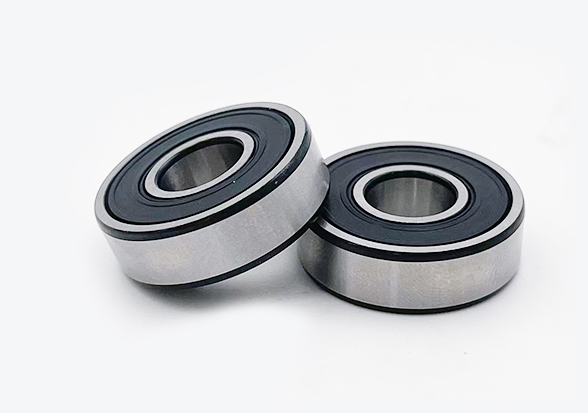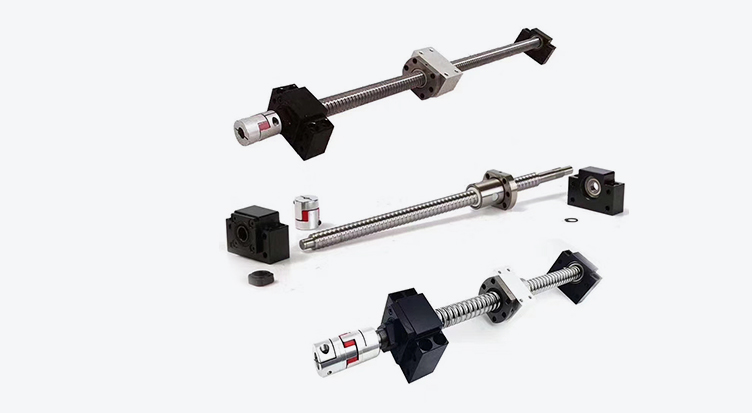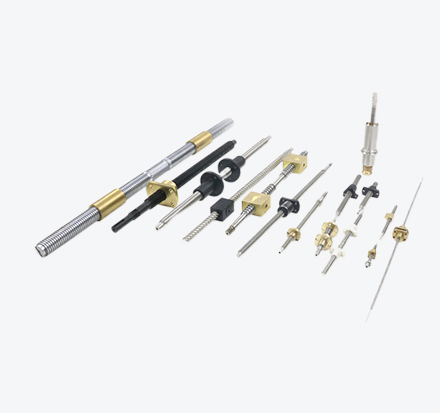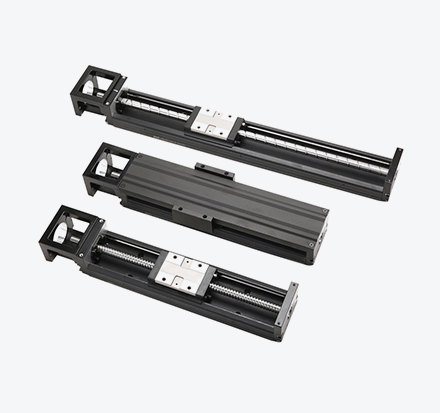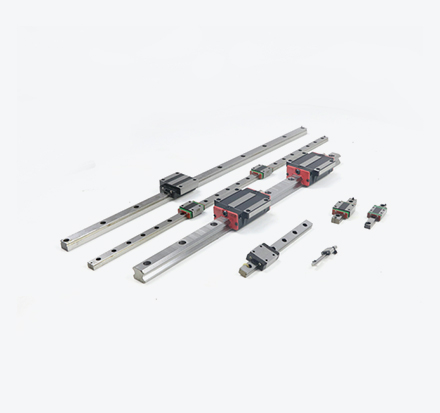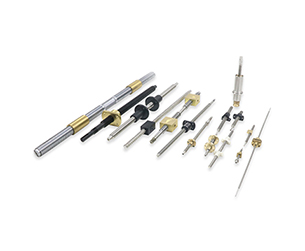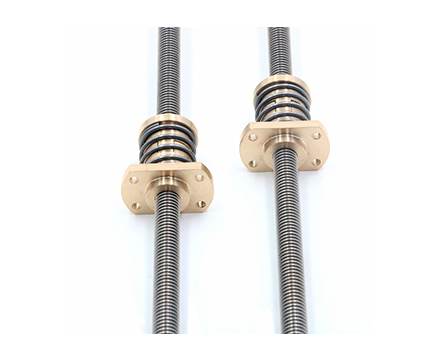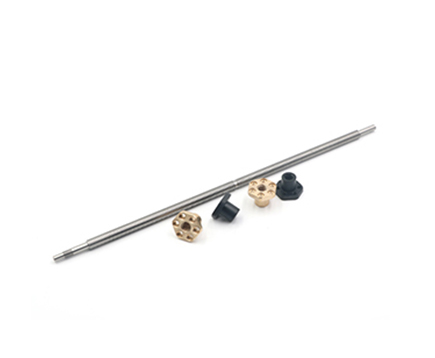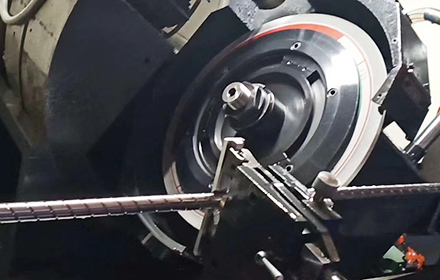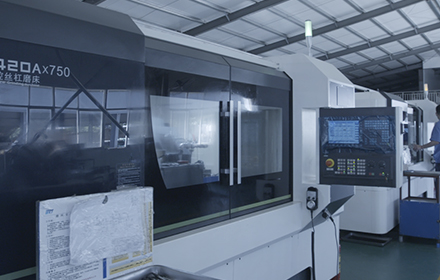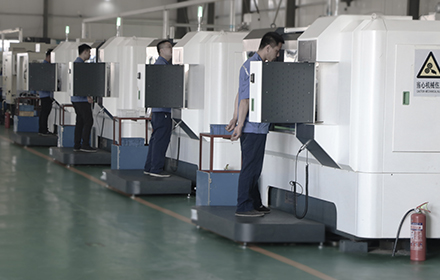In the world of mechanical systems, precision and efficiency are paramount. Lead screw nut assemblies play a crucial role in achieving both. As a leading supplier of lead screw and nut assemblies, VXO understands the intricacies of optimizing performance. In this article, we will delve into the factors that significantly affect the efficiency and accuracy of a lead screw nut assembly.
Lead Screw and Nut Assembly Material Selection
The choice of materials for the lead screw and nut is a foundational factor that influences the performance of the assembly. Various materials are available, each with its own set of properties:
Self-Lubricating Plastics: Materials like PTFE (Teflon) and nylon are self-lubricating and reduce friction between the lead screw nut and screw. This results in smoother motion and improved efficiency.
Polymers: Polymers offer a range of options, each with unique characteristics. They can be chosen for their wear resistance, load-bearing capacity, or self-lubricating properties.
Metals: Metals like brass or bearing-grade bronze are known for their durability and strength. They are often chosen when heavy loads and high precision are required.
The coefficient of friction between the nut and screw depends on the material choice, directly impacting efficiency. Selecting the right material tailored to your application is essential.
Lead Screw and Nut Assembly Lead Screw Type
High precision lead screw come in various types, including Acme screws and high-helix angle screws. The type of lead screw chosen can significantly affect the torque requirements and overall efficiency of the assembly.
Acme Screws: Acme screws have a trapezoidal thread profile and are known for their high load-bearing capacity. They are suitable for applications where high thrust and efficiency are required.
High-Helix Angle Screws: High-helix angle screws offer smoother motion and higher efficiency at the cost of reduced load capacity. They are often chosen for applications that prioritize speed and precision.
The selection of the lead screw type should align with the specific requirements of your application to ensure optimal efficiency.
Lead Screw and Nut Assembly Load Capacity
Assessing the load capacity requirements of your application is crucial in choosing the right lead screw nut assembly. Different assemblies have varying load-bearing capacities, and selecting an assembly that can handle the expected loads is essential. Overloading a lead screw nut assembly can result in decreased efficiency and premature wear, ultimately compromising accuracy.
Lead Screw and Nut Assembly Speed and Precision
The required speed and precision of your application play a significant role in determining the appropriate lead screw nut assembly. Lead screws can offer high load capacity and good positioning accuracy. Still, the choice of assembly type can influence these factors.
For applications that demand high precision and tight tolerances, selecting an assembly with low backlash and high repeatability is essential. Speed requirements also influence the choice, as certain lead screw types are better suited for high-speed applications while maintaining accuracy.
Lead Screw and Nut Assembly Mounting and Customization
Consider how the lead screw nut assembly is mounted in your system. Proper mounting is crucial for maintaining accuracy and efficiency. Additionally, customization options, such as specialized nut designs or lead screw modifications, can enhance the performance of the assembly for your specific application. Custom solutions often ensure a better fit and improved efficiency.
Lead Screw and Nut Assembly Pre-Stretching
Pre-stretching of the lead screw is a critical factor that affects the contact state between the screw and nut. This process can influence the performance and lifespan of the assembly, especially in precision applications. Pre-stretching ensures that the lead screw remains in contact with the nut under various loads and conditions, reducing the potential for backlash and enhancing efficiency.
Lead Screw and Nut Assembly Comparison with Ball Screws
Depending on your application requirements, you may need to consider how lead screws compare with ball screws. Ball screws are known for their high accuracy, efficiency, smooth motion, speed, and ability to handle continuous movement. Traditional lead screws are often chosen for straightforward transfer applications, but a detailed comparison can help determine the most suitable choice for your specific needs.
In conclusion, optimizing the efficiency and accuracy of a lead screw nut assembly involves a careful consideration of multiple factors, including material selection, lead screw type, load capacity, speed, precision, mounting, customization, pre-stretching, and the specific requirements of your application. VXO, as a leading supplier of lead screw and nut assemblies, recognizes the importance of making informed choices.
By addressing these factors systematically and tailoring your selection to your application's unique demands, you can enhance the overall performance of your lead screw nut assembly. Whether your focus is on efficiency, precision, or a balance of both, a thoughtful approach to these factors will lead to the successful implementation of your mechanical system, meeting your performance and accuracy expectations.
 English
English
